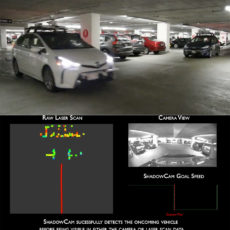
Researchers at Northwestern University have developed a new self-assembling gel that utilizes “dancing molecules” to reverse paralysis and repair tissue after severe spinal cord injuries. During their trial, they administered a single injection to tissues surrounding the spinal cords of paralyzed mice, and in just 4-weeks, the animals regained their ability to walk. Read more for a video and additional information.
These “dancing molecules” work transmitting bioactive signals to activate cells to repair and regenerate. This dramatically improved severely injured spinal cords in five key ways, including regenerating axons, which are severed extensions of neurons, repairing scar tissue, reforming myelin around cells, making functional blood vessels at the injury site, and helping more motor neurons survive. Once the therapy is completed, the materials then biodegrade into nutrients for the cells within 12 weeks and then completely vanish from the body without noticeable side effects.
- ROBUST COMPUTING HUB: Tackle any task—from basic computing to multimedia entertainment—every time you power up this beastly machine. Easily...
- 10th Generation Intel Core i5-10400 6-Core Processor (Up to 4.3GHz)
- 12GB 2666MHz DDR4 Memory 512GB NVMe M.2 SSD 8X DVD-Writer Double-Layer Drive (DVD-RW)
Our research aims to find a therapy that can prevent individuals from becoming paralyzed after major trauma or disease. For decades, this has remained a major challenge for scientists because our body’s central nervous system, which includes the brain and spinal cord, does not have any significant capacity to repair itself after injury or after the onset of a degenerative disease. We are going straight to the FDA to start the process of getting this new therapy approved for use in human patients, who currently have very few treatment options,” said Northwestern’s Samuel I. Stupp, who led the study.


